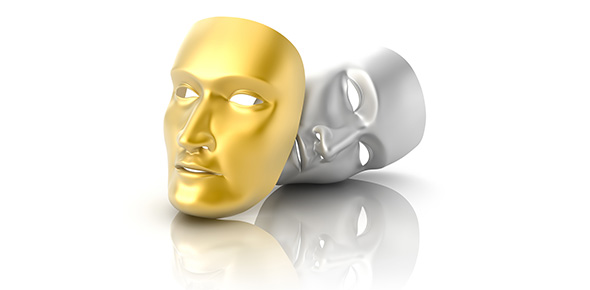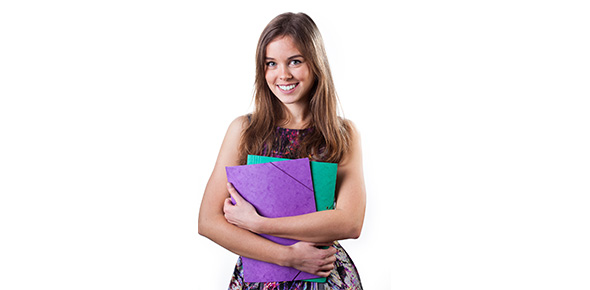Related Flashcards
Cards In This Set
| Front | Back |
|
Conditional Relation
|
A relation in which the significance of one stimulus or event depends on the status of another stimulus.
|
|
Configural-Cue Approach
|
An approach to the analysis of stimulus control which assumes that organisms respond to a compound stimulus as an integral whole rather than a collection of separate and independent stimulus elements. (Compare with stimulus element approach.)
|
|
Dscriminative Stimulus
|
A stimulus that controls the performance of instrumental behavior because it signals the availability (or nonavailability) of reinforcement.
|
|
Excitatory Generalization Gradient
|
A gradient of responding that is observed when organisms are tested with the S+ from a discrimination procedure and with stimuli that increasingly differ fromthe S+. Typically the highest level of responding occurs to stimuli similar to the S+; progressively less responding occurs to stimuli that increasingly differ from the S+. Thus, the gradient has an inverted-U shape.
|
|
Facilitation
|
A procedure in which one cue designates when another cue will be reinforced. Also called occasion setting.
|
|
Inhibitory Generalization Gradient
|
A gradient of responding observed when organisms are tested with the S- from a dscrimination procedure and with stimuli that increasingly differ from the S-. The lowest level of responding occurs to stimuli similar to the S-; progressively more responding occurs to stimuli that increasingly differ from S-. Thus, the gradient has a U shape.
|
|
Intradimensional Discrimination
|
A discrimination between stimuli that differ only in terms of the value of one stimulus feature, such as color, brightness, or pitch.
|
|
Modulator
|
A stimulus that signals the relation between two other events. The nature of a binary relation may be determined by a third event, called a modulator.
|
|
Multiple Schedule of Reinforcement
|
A procedure in which different reinforcement schedules are in effect in the presence of different stimuli presented in succession. Generally, each stimulus comes to evoke a pattern of responding that corresponds to whatever reinforcement schedule is in effect during that stimulus.
|
|
Occasion Setting
|
A procedure in which one cue designates when another cue will be reinforced. Also called facilitation.
|
|
Overshadowing
|
Interference with the conditioning of a stimulus because of the simultaneous presence of another stimulus that is easier to condition.
|
|
Peak-Shift Effect
|
A displacement of the highest rate of responding in a stimulus generalization gradient away from the S+, in a direction opposite the S-.
|
|
Stimulus Discrimination
|
Differential responding in the presenece of two or more stimuli.
|
|
Stimulus Discrimination Procedure
(in classical conditioning) |
(In classical conditioning) A classical conditioning procedure in which one stimulus (the CS+) is paired with the unconditioned stimulus on some trials and another stimulus (the CS-) is presented without the unconditioned stimulus on other trials. As a result of this procedure, the CS+ comes to elicit a conditioned response and the CS- comes to inhibit this response.
|
|
Stimulus Discrimination Procedure
(in instrumental conditioning) |
A procedure in which the reinforcement for responding is available whenever one stimulus (the S+, or SD) is present and not available whenever another stimulus (the S- or Sdelta) is present.
|






